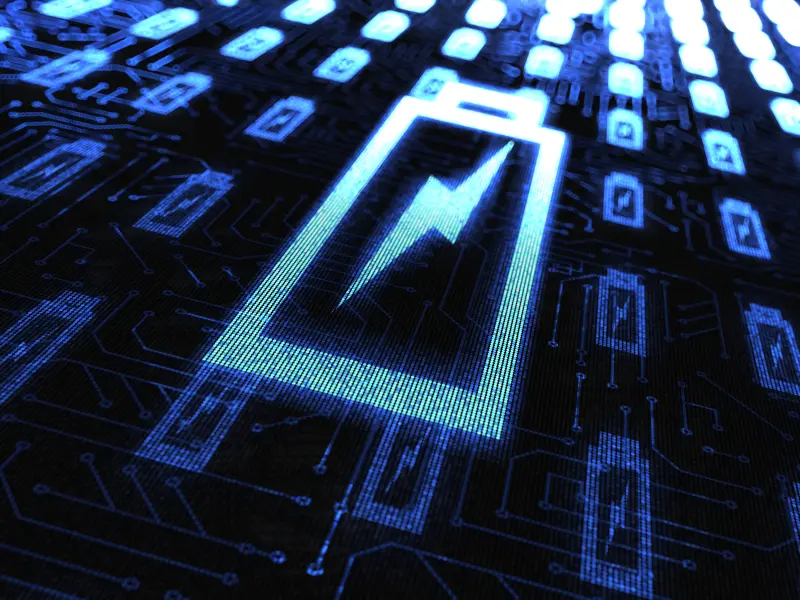Japan – A joint research team from Tohoku University and Osaka University in Japan has developed a cost-effective way to recycle silicon sawdust into high-performance anode material for lithium-ion batteries.
The innovative mass-producible, bead-milling method yields nanoflakes with an ‘extremely small thickness’ of 15-17 nm and a diameter of 0.2-1 μm, according to researchers.
In tests, the best samples can retain constant capacity over 800 cycles with great efficiency – said to be more than three times better than conventional graphite. World production of silicon metal was 1 766 400 tons in 2014, the researchers point out.
Approximately 10% is of a high-purity grade suitable for the production of silicon wafers used in the semiconductor industry – for example, for integrated circuits and photovoltaic cells.
Besides entailing a high energy-consuming manufacturing process, up to 55% of costly silicon is simply lost as sawdust in the cutting process. The wasted material could well satisfy global demand for anode materials for lithium-ion batteries, researchers contend.
The work is a part of the Dynamic Alliance for Open Innovation Bridging Human, Environment and Materials research project.
Don't hesitate to contact us to share your input and ideas. Subscribe to the magazine or (free) newsletter.



